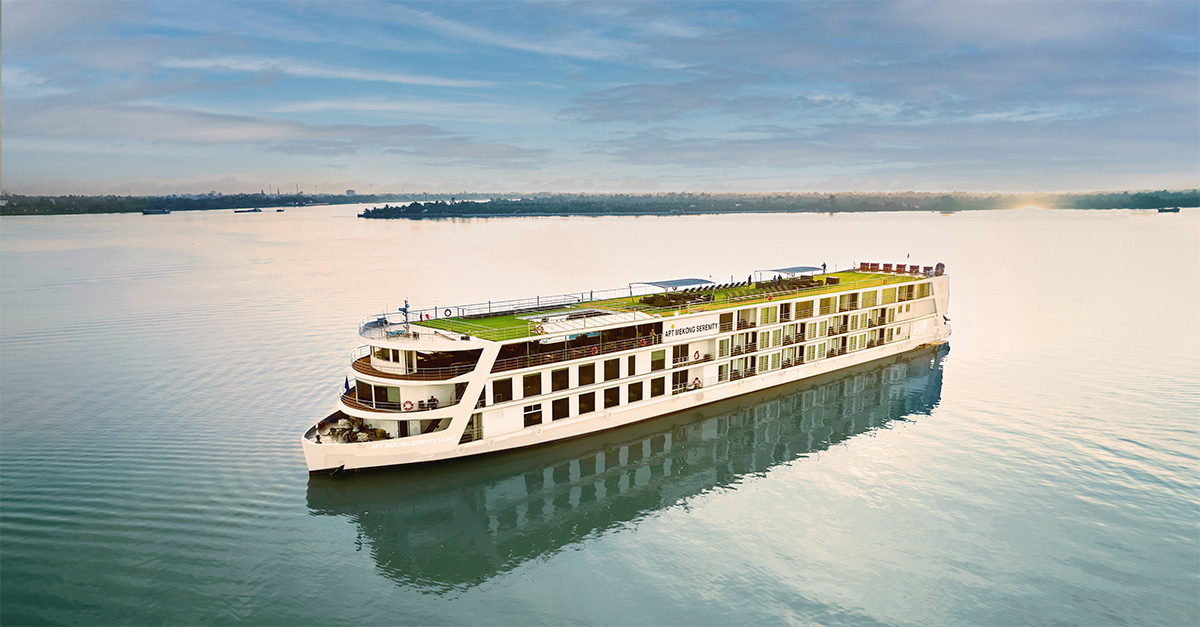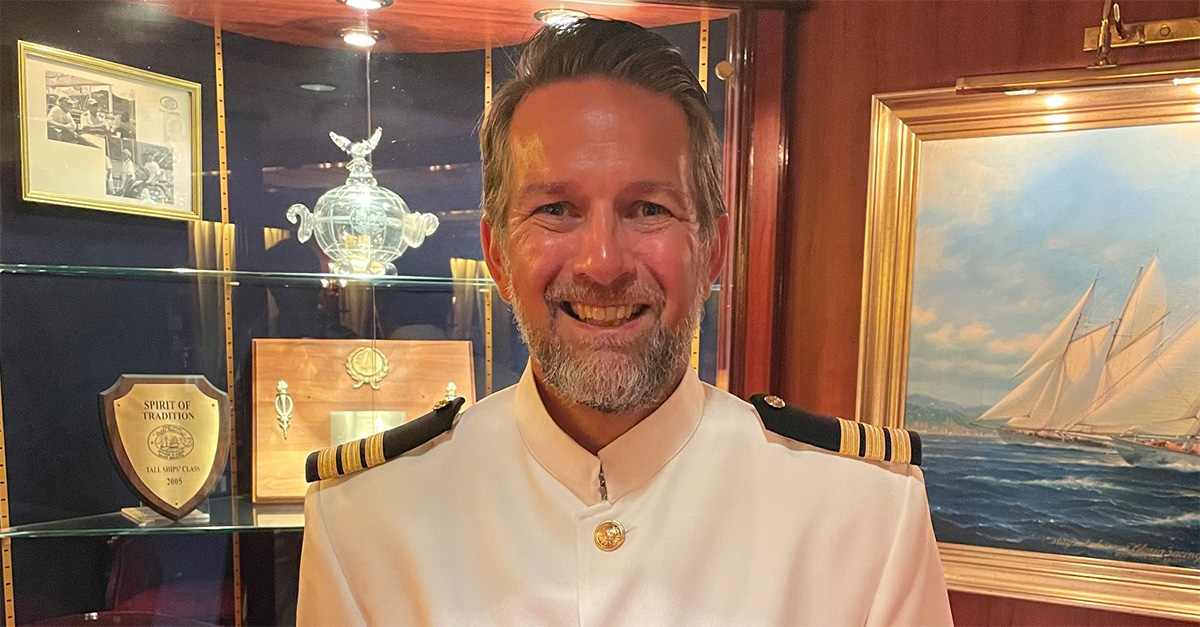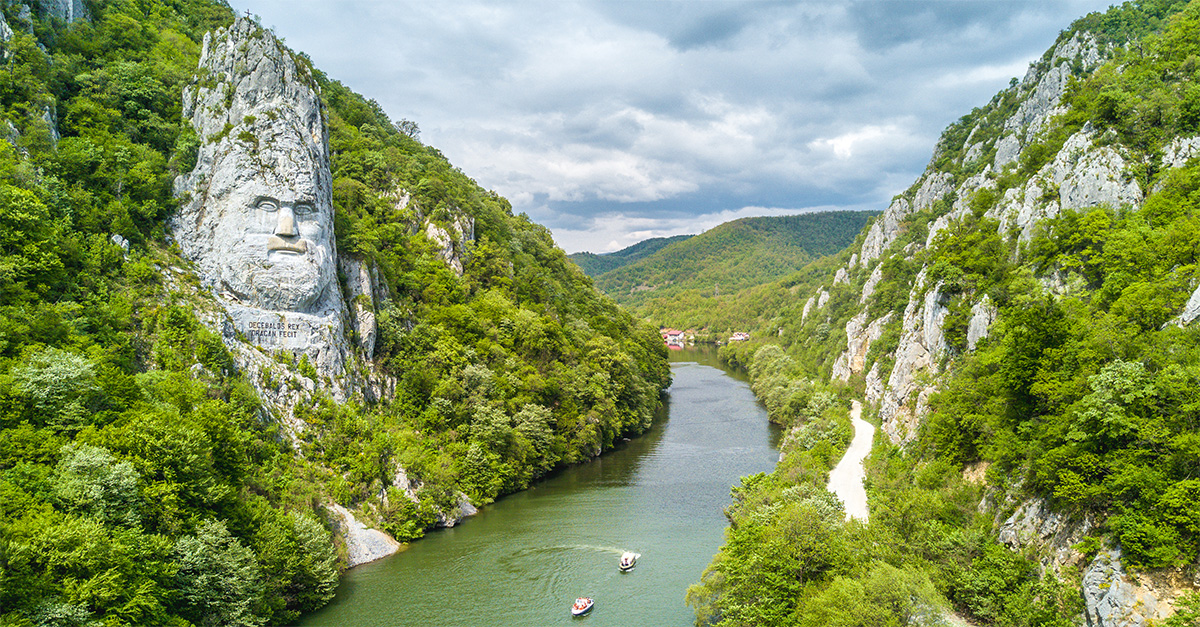SIPPING espresso at an alfresco café tucked
underneath an elegantly restored portico, I could have been
anywhere in continental Europe.
The long arm of the sun was casting a warming glow at 8pm, the
coffee was as it should be, the waiter spoke French and the evening
promenade was gathering pace.
It could’ve been Florence or Barcelona were it not for the
women smoking hookah pipes and a noticeable absence of tourists to
spoil the view.
Welcome to Beirut. Recently selected by Newsweek as one of the
top 12 Capitals of Style, the former Paris of the East is slowly
but surely edging its way back on to the international tourism
scene after years of neglect.
Lebanon saw a 45% rise in arrivals during the first six months
of this year, compared with last, and around $4 billion has been
spent in the past 12 years on tourism projects – in
particular in Beirut – with more in the pipeline.
Tour operators are starting to show an interest in the
destination and Hilton, Hyatt, Four Seasons and Ritz-Carlton are
looking at properties there. Luxury cruise operator Silversea has
just announced two new Beirut itineraries for next year, following
a highly successful inaugural visit last month.
The destination is on the up, but it won’t be an easy
sell. Bordered by Syria to the north and less-than-neighbourly
Israel to the south, Lebanon suffers the double whammy of
geographical sensitivity and the legacy of 16 years’ civil
war.
Tell anyone over 35 you’re off to Beirut and they’ll
no doubt recall the kidnapped religious envoy Terry Waite, and the
images of a bloody civil war played out in living rooms across the
land, alongside the miners’ strike and Margaret Thatcher.
Location perhaps explains why the mud persists in sticking to
Beirut, whose civil conflict ended 14 years ago, and not, for
example, Croatia, whose conflict ended in 1992.
Sunvil product manager Rosanna Melargni said: “Lebanon is a
great destination, but the region’s political sensitivity
means if there’s trouble in Israel people assume Lebanon is
affected too.”
This is a shame, as Lebanon has much to offer the curious
foreigner in search of diverse historical and cultural sites in a
more moderate Middle Eastern climate. The cosmopolitan capital
– where the locals speak both French and English as well as
Arabic – has not quite recaptured the glamour of its
1960’s jet-set heyday, but it does have a buzz akin to that
found in post-Franco Spanish cities such as Madrid.
The local listings guide is testament to Beirut’s party
atmosphere, fuelled by 20 and 30-somethings busy reclaiming their
youth.
The worst traffic jams are not in rush hour, but at 11pm, when
Beirutis go out to party. Businessmen play nine holes at lunchtime
and one look at the female population with its chiselled cheeks and
product-perfect exteriors suggests they’re on intimate terms
with the city’s numerous health spas and beauty salons.
In downtown Beirut visitors will find regeneration on a grand
scale. Streets once identified by their shell-scarred buildings and
burnt-out cars are now home to expensive boutiques and alfresco
cafés where a glamorous crowd come to see and be seen.
Beirut’s oft-invoked Paris of the East moniker is
certainly well deserved, with enough sightseeing, shopping, cuisine
and nightlife to keep any fast-moving bon viveur within the city
limits for the duration of their stay. But those with more time
should definitely explore the countryside which is dotted with
mountain villages, small seaside towns and a wealth of
archaeological sites.
Highlights include the World Heritage site of Byblos, 30
minutes’ north along the coast from Beirut. One of the
world’s oldest settlements, the pretty port town was the
stomping ground of many a former conqueror. Done with the 12th
century Crusader Castle and 7,000-year-old village remains, clients
can enjoy a three-course mezze lunch – costing less than
£10 with wine – in one of a handful of attractive
harbourside restaurants.
Top of the list though are the magnificent Roman temples at
Baalbeck Heliopolis – possibly the Middle East’s
best-kept secret. Massive Attack performed here last month during
the annual Baalbeck International Festival.
Built between the first and third centuries, the temple of
Jupiter, with its vast sacrificial courtyard and towering granite
columns imported from Egypt, is breathtaking. No wonder my guide,
the multi-lingual Henri, was sorely disappointed when he visited
Athens. Baalbeck makes the Parthenon look like a piece of Lego.
Comparisons don’t stop there.
Beirut itself is an archaeological gem of a city. With a
National Museum to rival Cairo’s famed Egyptian Museum, it
tears strips off the latter in terms of presentation and
interpretation.
A ride along a subterranean lake through the grottos of Jeita is
another of Lebanon’s highlights. The cave system is on two
levels (linked by a small train) and at its highest point stretches
110 metres from the riverbed to the roof. Classical music concerts
are held here each summer.
Any downsides? The traffic is terrible, the army presence on the
streets can be off-putting and tourism to date has largely been
fuelled by holidaymakers from the regional Gulf countries, drawn to
a tamer climate in terms of both weather and social
restrictions.
But the arrival of international hotel brands including Sol
Melia, Sheraton, Mövenpick – which opened a five star
beach-front property in 2002 with a private swanky marina –
and Crowne Plaza, which has opened a five-star property next to a
large mall with more than 60 shops, cinemas and an amusement
centre, are testament to investor confidence in the
destination.
Misconceptions abound, but the young foreign exchange cashier at
my local bank had never even heard of Lebanon – which makes
her a prime candidate for its beaches, culture and clubs a few
years down the line.




